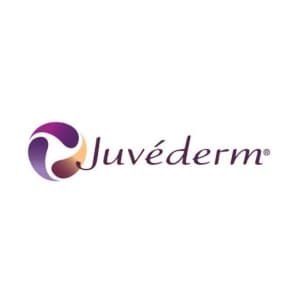The Agence Francaise de Securite Sanitaire des Produits de Sante (AFSSAPS) first approved Allergan, Inc.’s Botox® product, botulinum toxin type A, for treatment of glabellar lines in 2003. Allergan, Inc. markets its Botox® product in France under the product name Vistabel®, which was licenced for the same use in the U.K. in March 2006. At the time, France became the nineteenth country to licence Allergan, Inc.’s Botox® product.
Glabellar lines are the vertical frown lines between the eyes, generated by emotions of stress and anger. Over time, the lines can become permanent, giving a perpetual appearance of stress or anger. Botox® / Vistabel® relaxes the muscles causing frown lines, smoothing the skin between the eyebrows. It works by temporarily preventing facial nerve endings, which receive a signal from the brain to display a particular emotion, from releasing acetycholine. The temporary failed release lasts several months, preventing the nerve endings from controlling the facial muscles. The procedure is quick and easy, and minimally invasive, requiring only a few small injections into the skin. Results are nearly instantaneous.
The product has been proven safe and effective in clinical trials. More than eighty per cent of patients involved in the clinical studies saw the maximum effect from the drug. The side effects included headache, respiratory infection, flu syndrome, temporary eyelid droop and nausea. Patients who experience any hypersensitivity to specific ingredients in the product should not receive Botox® / Vistabel® treatments. The product is available by prescription only, and Allergan, Inc. does recommend that Botox® / Vistabel® treatments be administered by a qualified and experienced physician who specializes in cosmetic treatments, and it should be administered in an appropriate medical facility.
Allergan manufactures its Botox® / Vistabel® product, generically called Clostridium botulinum type – A neurotoxin complex, from a naturally occurring protein called purified type – A neurotoxin, which is produced by the bacteria Clostridium botulinum. The drug is now approved in more than seventy countries for a variety of uses beyond treatment of glabellar lines. The United Kingdom in particular has approved the product for treatment of blepharospasm, hemifacial spasm, cervical dystonia, severe hyperhidrosis of the axillae, dynamic equines foot deformity in children with cerebral palsy, and for wrist and hand disability caused by adult stroke.
Allergan, Inc. is headquartered in Irvine, California. The company has successfully marketed its Botox® and Vistabel® products worldwide, advancing its corporate mission of improving patients’ lives.
 it needs. That’s why medical advancements such as Juvéderm have done so much to improve the nature of our skin while we age, allowing us to rejuvenate and heal skin that’s begun to sag and wrinkle. As we battle against pollution in the area, stress, sunlight and unhealthy lifestyles like smoking, new medical treatments are always available to help us recover our appearance when necessary. The truth is our skin is taking the brunt of the damage in our current lifestyles, taking most of the hits like sun damage and stress-related aging. Our skin is actually aging faster than it should because of the rough life it’s going through.
it needs. That’s why medical advancements such as Juvéderm have done so much to improve the nature of our skin while we age, allowing us to rejuvenate and heal skin that’s begun to sag and wrinkle. As we battle against pollution in the area, stress, sunlight and unhealthy lifestyles like smoking, new medical treatments are always available to help us recover our appearance when necessary. The truth is our skin is taking the brunt of the damage in our current lifestyles, taking most of the hits like sun damage and stress-related aging. Our skin is actually aging faster than it should because of the rough life it’s going through. differences among them are how long they take, what they are made of, and how they work.
differences among them are how long they take, what they are made of, and how they work.






